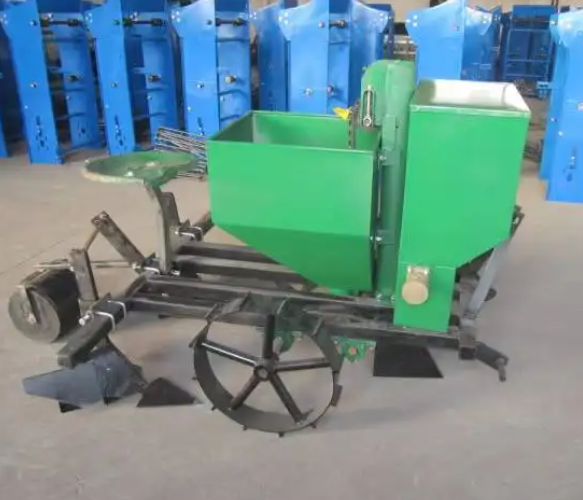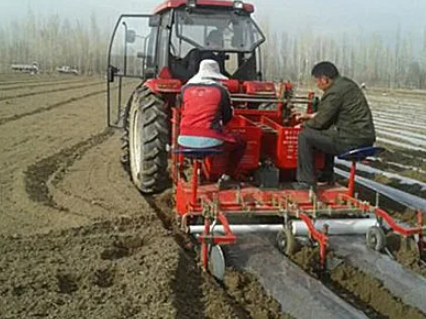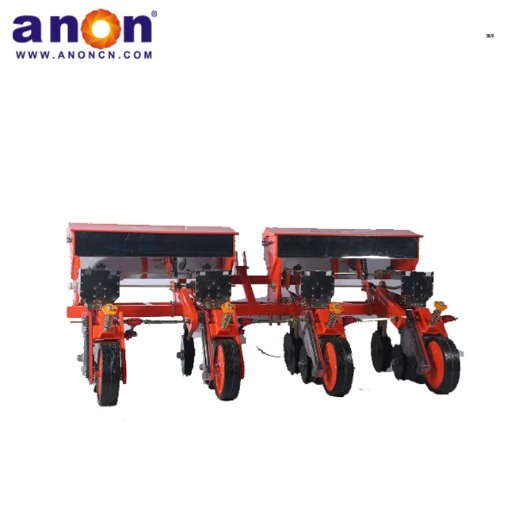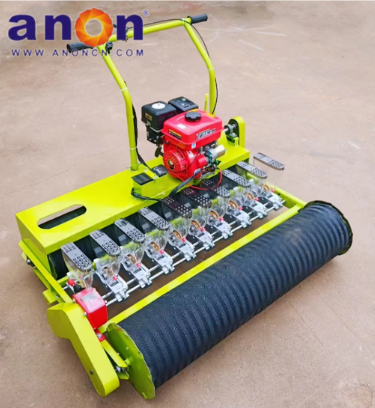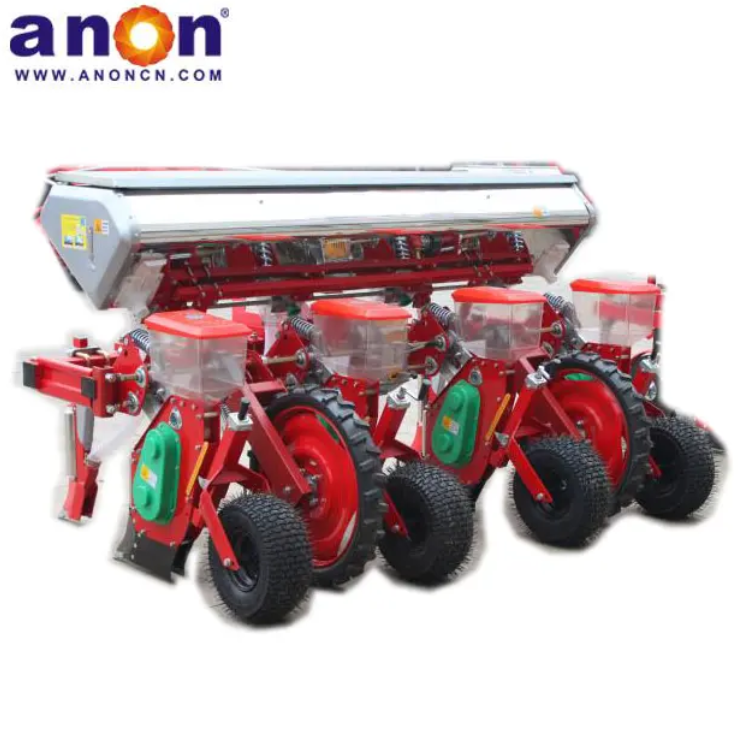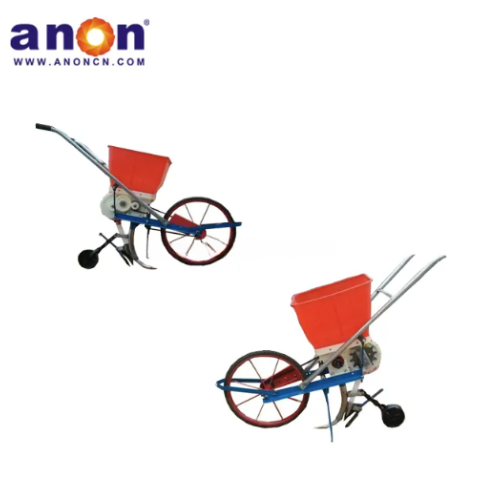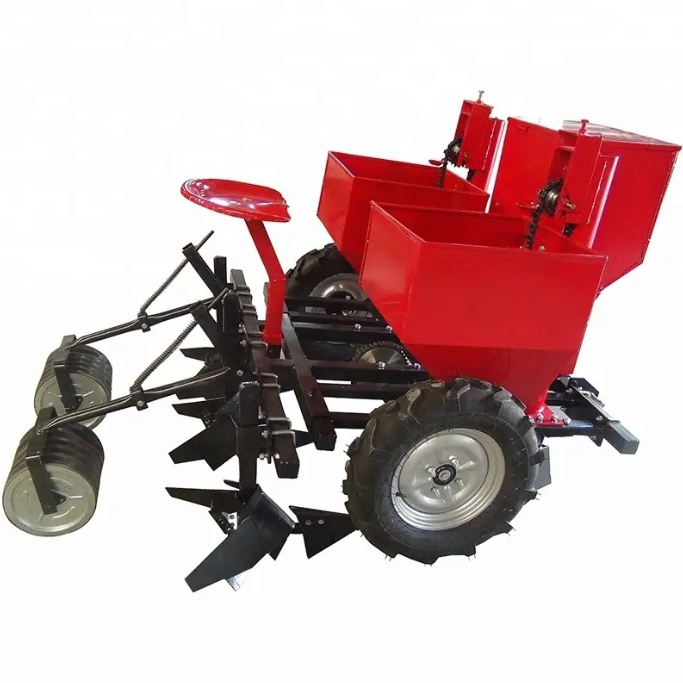
Potato Planter Machine
The potato planter is an agricultural piece of equipment used for potato planting. It can efficiently complete operations such as trenching, fertilizing, sowing, and covering soil, greatly improving planting efficiency and quality and reducing labor intensity.

Working principle
Potato planters usually need to be used in conjunction with tractors, and the rotation of the ground wheel provides power to achieve sowing. When working, the furrow opener first opens a furrow of a certain depth and width in the soil, and then the fertilizer in the fertilizer box is evenly applied to the furrow through the fertilizer applicator. The seeding device drives the seeding belt to rotate through the chain drive, and the seeding spoon obtains the potato seeds in the seed box and sends them to the seeding tube, which falls into the opened furrow. Finally, the disc-type soil cover covers the seeds and fertilizer with soil, and the sowing is completed.

Operation Tips
1. Adjusting the Seeder: Ensure that the seed metering devices are calibrated to deliver consistent seed rates across all rows, in accordance with local agronomic requirements. Use the seeding rate adjustment handle to fine-tune the output and make sure each row’s metering is uniform.
2. Test Run and Inspection: Before full-scale operation, conduct a test run over a short distance (e.g., a few dozen meters) to inspect seeding quality. Check for even seed distribution and ensure there are no missed spots or overlapping. Only begin full operation after confirming satisfactory performance.
3. Work Path Planning: Choose a route that allows easy refilling and smooth entry/exit of the machine. Maintain a consistent speed and drive in a straight line—avoid unnecessary stops or drastic speed changes, as these can affect seeding accuracy.
4. Seed Box Management: Always keep the seed level in the hopper above one-fifth of its total volume during operation to ensure proper flow. When transporting the machine or moving between fields, empty the seed box to prevent seed compaction or damage from excess weight.
Our Products
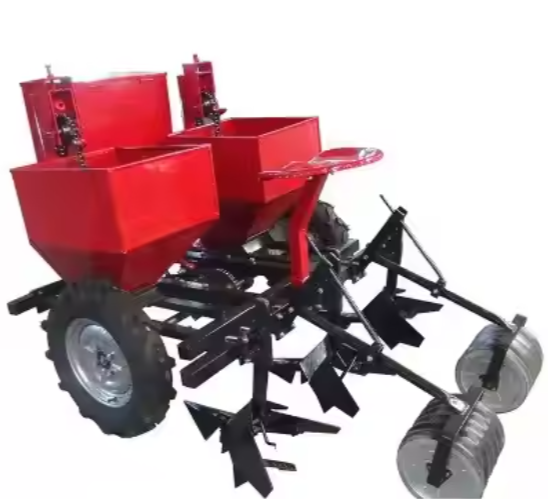
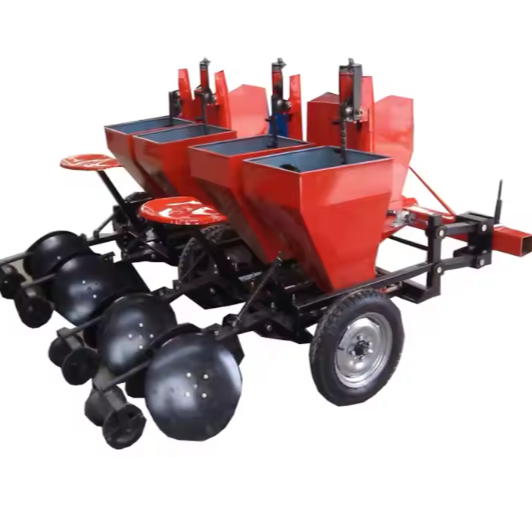
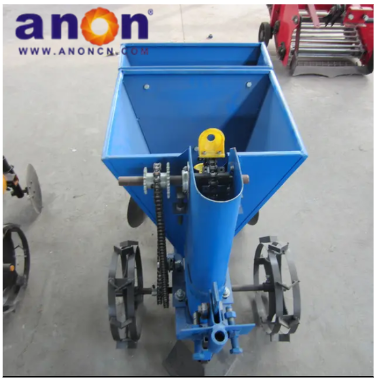

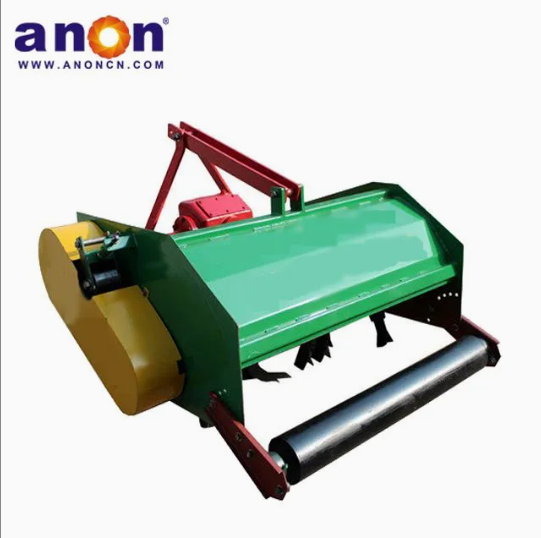
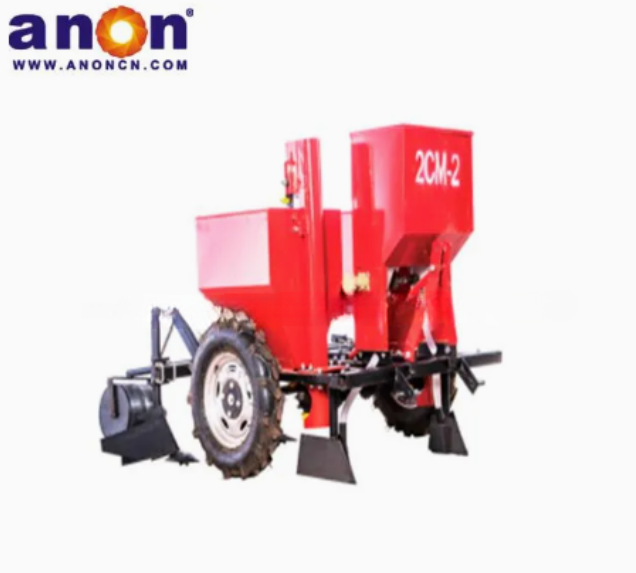
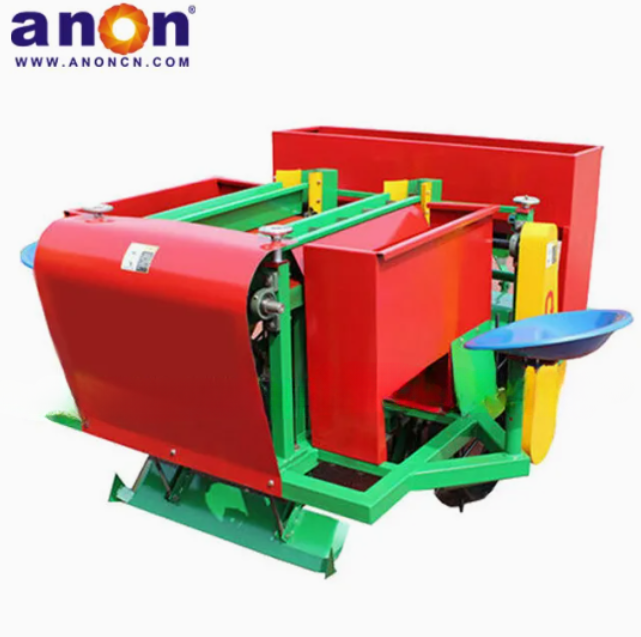
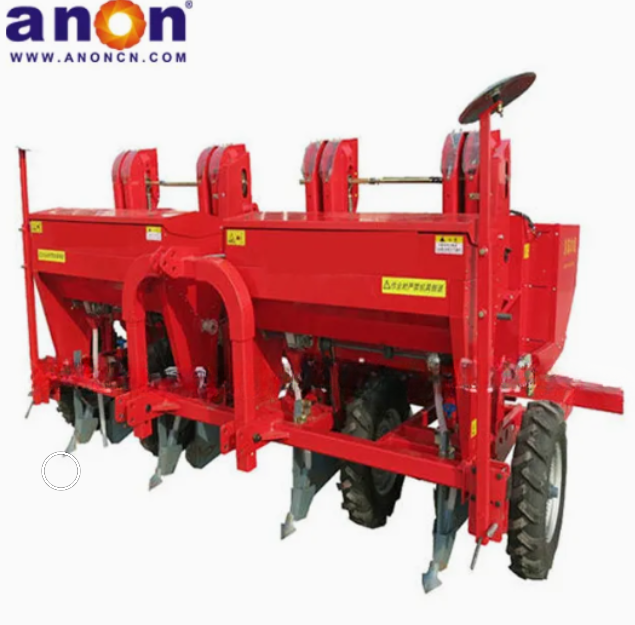
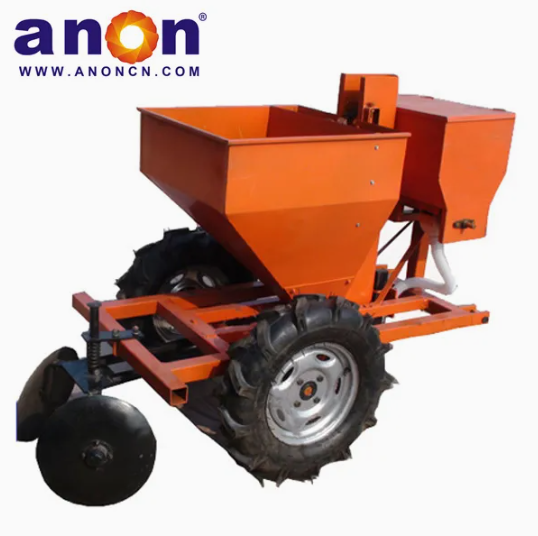

FAQ
Potatoes prefer slightly acidic soil (pH 5.8-6.5). For best results, apply fertilizer or compost. If you want to make weeding easier (and you have enough space), plant the potatoes at least two feet apart to make weeding easier.
Planting deep. An important factor in growing large quantities of potatoes is planting deep. I dig a 12-inch deep trench and plant the seed potatoes at the bottom of the trench. I then cover with 4-6 inches of loose, well-drained soil rich in organic matter.
Avoid planting potatoes in soils with too much clay and waterlogging. Do not let the potato bed dry out. Check the soil moisture at least once a week throughout the summer. During dry spells, always water the potatoes using drip irrigation or soaker hoses.

